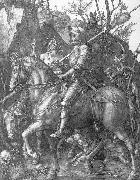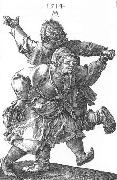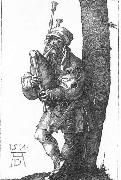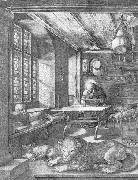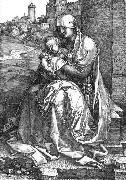
Oljemålning på duk, riktig reproduktion av gamla målare.
|
|
|||
|
Albrecht Durer
|
|||
| b.May 21, 1471, Imperial Free City of N??rnberg [Germany] d.April 6, 1528, N??rnberg | |||
|
|
|||

| |||
|
|
|||
|
|
|||

| |||
|
|
|||
|
|
|||

| |||
|
|
|||
|
|
|||

| |||
|
|
|||
|
|
|||

| |||
|
|
|||
|
|
|||
| Föregående Konstnär Nästa Konstnär | |||





